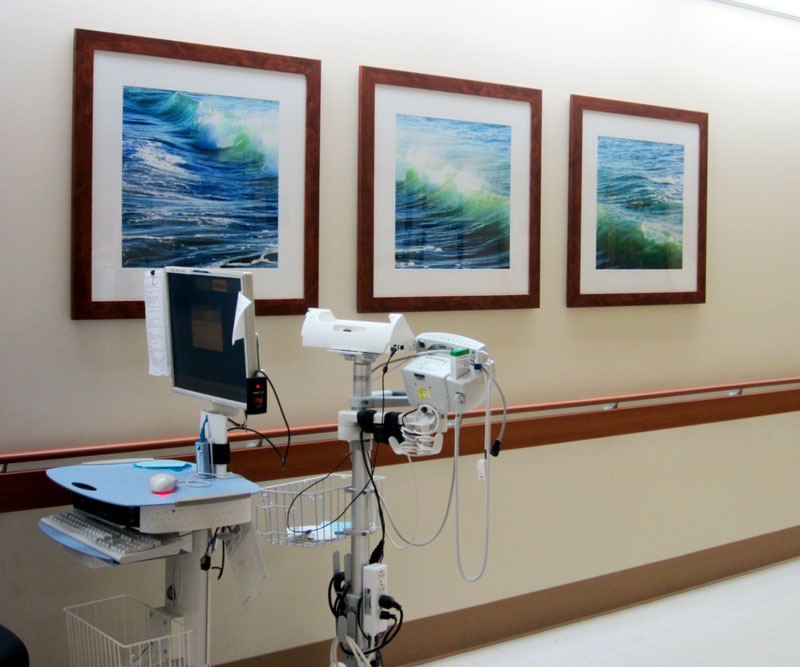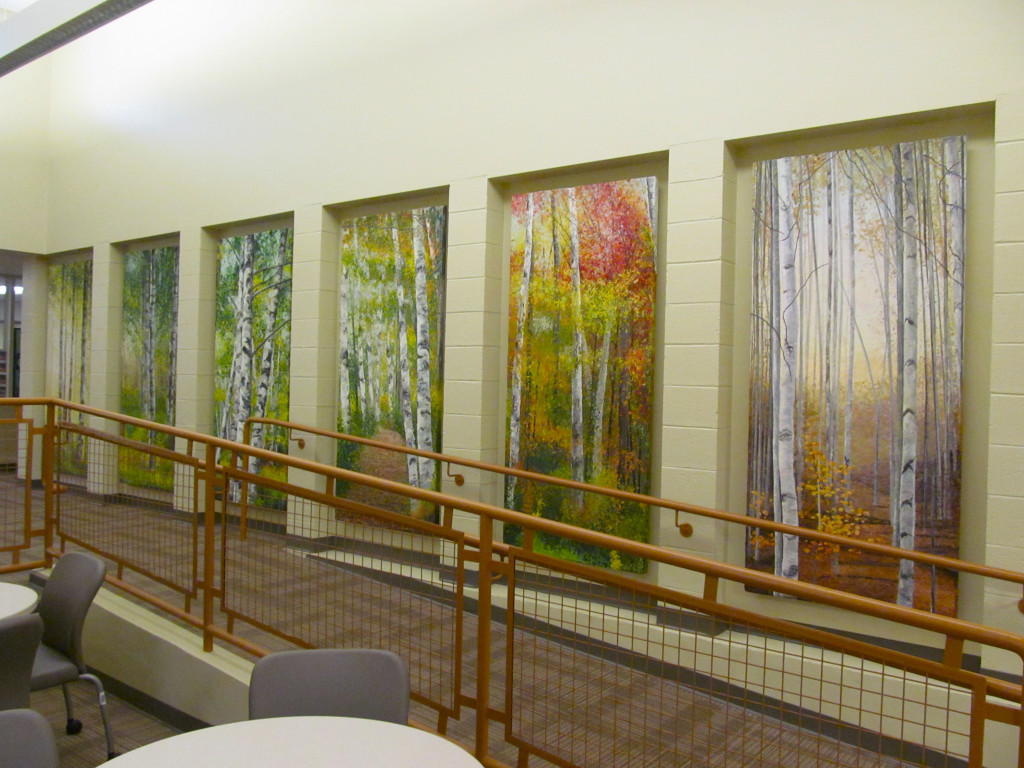
Everywhere we look we notice a growing emphasis on promoting wellness and preventing illness in our society. The U.S. Department of Labor predicts double-digit job growth through 2022 in the field of healthcare and the health services industry.
Colleges and universities have been responding to this shift by adding new majors in these fields of study. Graduates will soon be trained to work in a variety of settings –- schools, clinics, non-profit agencies, business and government agencies – to promote wellness, prevent disease, and improve the overall health of individuals of all ages, in both cities and rural areas around the world. They will be prepared to work in wellness education, healthcare management, occupational therapy, fitness, adventure education programs, as well as healthcare design.
There is no doubt that the visual, literary, and performing arts are flourishing in hospitals, outpatient programs, hospices, nursing and retirement facilities, as well as other healthcare institutions.
Barbara Markoff is the owner of Artrageous! in San Diego, California, an industry leader in the field of art consultation and the healthcare art market. She has a diverse clientele and regularly works with business owners, high-level executives, architects, project managers, interior designers, and administrators to develop art programs specifically tailored to their type of business. She is also the author of Becoming A Corporate Art Consultant: The Handbook for Corporate Art Consultation. She emphasizes, “Working in the field of healthcare can be satisfying and lucrative. It takes a very detailed, focused, and hard working individual to succeed.” Read her article “Getting Started in The Healthcare Market” on this website.

It makes sense for artists to look at these developments as opportunities to share their art, creativity and passion to make a positive difference. One such artist who is advancing in this field is Meg Black. She is internationally recognized and among the few artists working with natural fibers. Her landscapes, seascapes, New England scenes and garden views have attracted many private collectors, corporations and members of the healthcare industry.
In her article “Art For Healthcare: Connecting The Kinesthetic With The Aesthetic” she explains, “My goal as an artist, is to re-create the feeling of the original experience in my work in order to share it with the viewer. This is how I understand the aesthetic experience: a way in which the artist communicates their understanding of experience with their viewers in order to share its impact. This approach works well when designing art for Health Care Facilities. Images of nature enable us to transform, experience and connect to other realms. By mirroring the feeling of nature in my work, I am able to bring comfort to the patients, visitors, and staff who use Health Care Facilities.”
Numerous hospitals have developed art programs to address the needs of their patients. For example, since 1986, the University of Washington Medical Center in Seattle, Washington has presented an Art Program for the benefit and enjoyment of our community of patients, visitors, faculty and staff. The UWMC Art Program has a permanent art collection of over 1200 art works, including the Contemporary NW Fine Art Collection, The International Textile Collection, and two Galleries that feature special projects and exhibitions.
These institutions need and rely on artists to not only provide art for the environments but to share their art-making skills with patients. For example, The Creative Center in NYC, NY offers free workshops in the visual, performing and literary arts “to develop a community of support in which women, men, and children with cancer improve the quality of their lives through creativity as they meet the challenges of illness, treatment, and survivorship.” The center, founded in 1995, also works within thirteen area hospitals in New York City, and has developed a training institute to teach artists from around the country to work with cancer patients in hospitals.

Renee,
Your website, the ebook, this blog, the positive angle, it is a fantastic resource! I will be sharing it with my high school art students and consuming all the information and art you have collected.
Thank you Marsha, our success is attributed to wonderful people like you who relate to what we’re doing and share the Healing Power of ART! Thank you for teaching high school art students – what a rewarding profession!
Really good read, at the moment my art is at the for front of my life, studies in music and art therapy are a bit on the back burner! Could put these article s to good use when I continue.
Great article. I coordinate an art program in a healthcare institution. Those of us in smaller healthcare situations really appreciate the local artists taking the time to exhibit their work. I am always on the lookout for interesting local artists – all types of genres – providing a calming, healing respite for the many patients, visitors and staff that pass through the hallways. Those viewing the work are always anxious for more information on who, what and why. This bit of interaction can help make the whole hospital experience tolerable.
Sue,
Thank you for your comment and bringing our attention to Arts For The Spirit. We have added it to our huge Directory of Art and Healing programs. Let me know if you care to be a guest blogger on The Healing Power of ART & ARTISTS and share more about your program.
Best regards,
Renee
I wanted to go into that field but checking into art therapy the cost was 60k. But corporate clients may be different because it’s the art not psychology they need… All this from an artist who has been blocked for six months. Great article by the way!